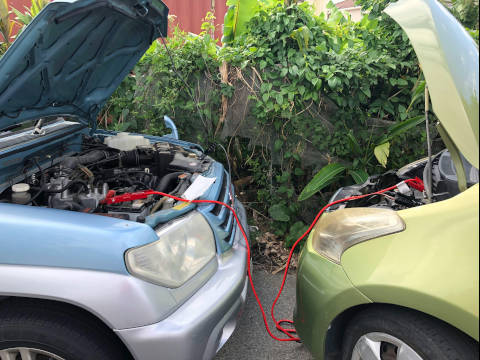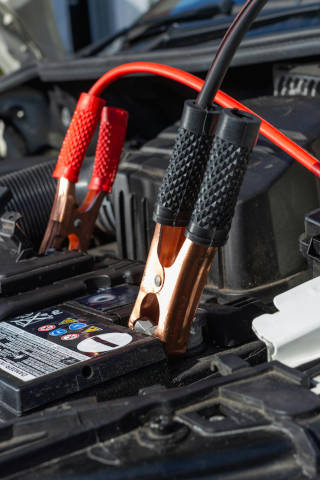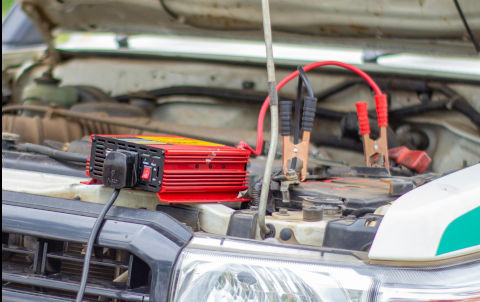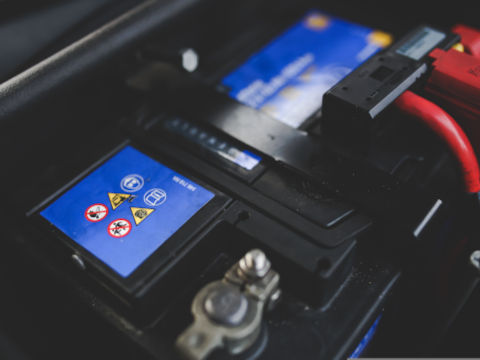Recharging, Boosting, or Jump Starting your Car Battery
If your car battery fails, there are a few methods to recharge it and get the car started again. Here are the steps for the most common solutions.
- Jump Starting the Battery
- Boosting the Car with a Portable Jump Starter Kit / Booster Pack
- Charging the Battery with a Battery Charger
- Push Starting (Car's with a Manual Transmission)
- Replacing the Battery
Jump Starting the Battery
Jump starting is one of the quickest ways to get a dead battery running again. Here’s how to do it safely.
What you’ll need: A set of jumper cables and a second, fully charged vehicle (a donor car).



